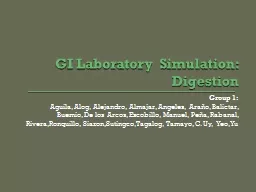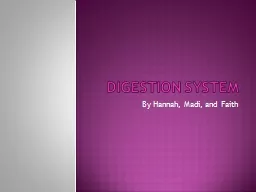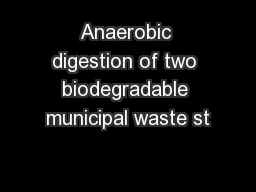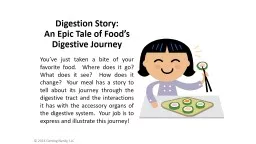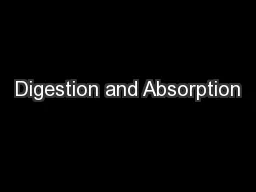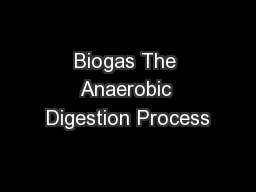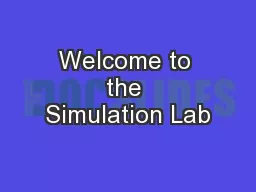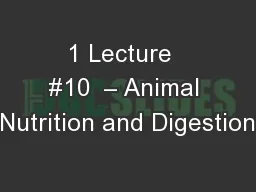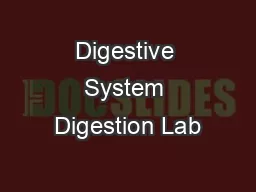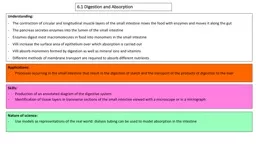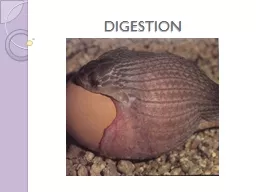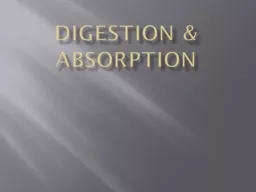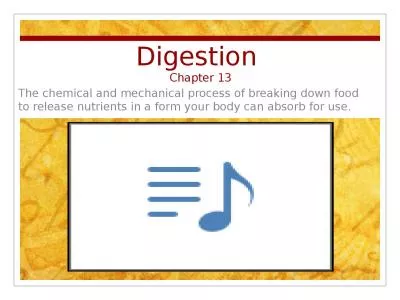PPT-GI Laboratory Simulation: Digestion
Author : test | Published Date : 2016-03-08
Group 1 Aguila Alog Alejandro Almajar Angeles Araño Balictar Buemio De los Arcos Escobillo Manuel Peña Rabanal Rivera Ronquillo Siazon Sutingco
Presentation Embed Code
Download Presentation
Download Presentation The PPT/PDF document "GI Laboratory Simulation: Digestion" is the property of its rightful owner. Permission is granted to download and print the materials on this website for personal, non-commercial use only, and to display it on your personal computer provided you do not modify the materials and that you retain all copyright notices contained in the materials. By downloading content from our website, you accept the terms of this agreement.
GI Laboratory Simulation: Digestion: Transcript
Download Rules Of Document
"GI Laboratory Simulation: Digestion"The content belongs to its owner. You may download and print it for personal use, without modification, and keep all copyright notices. By downloading, you agree to these terms.
Related Documents

